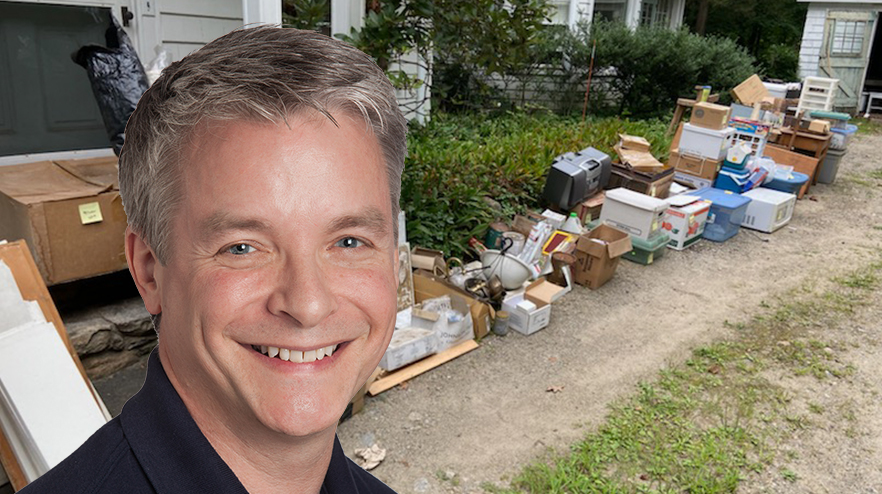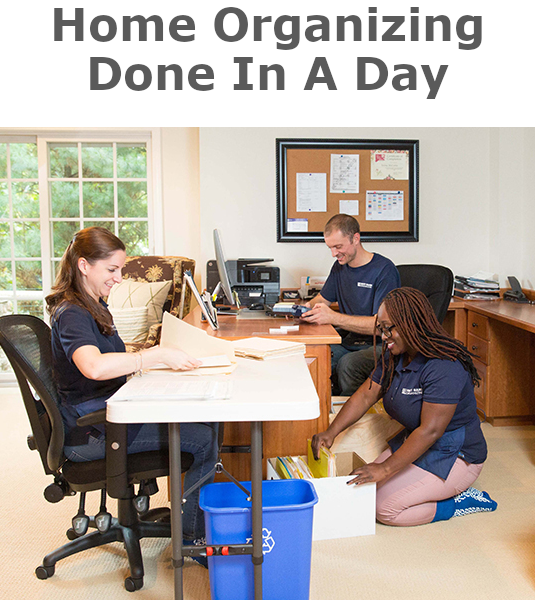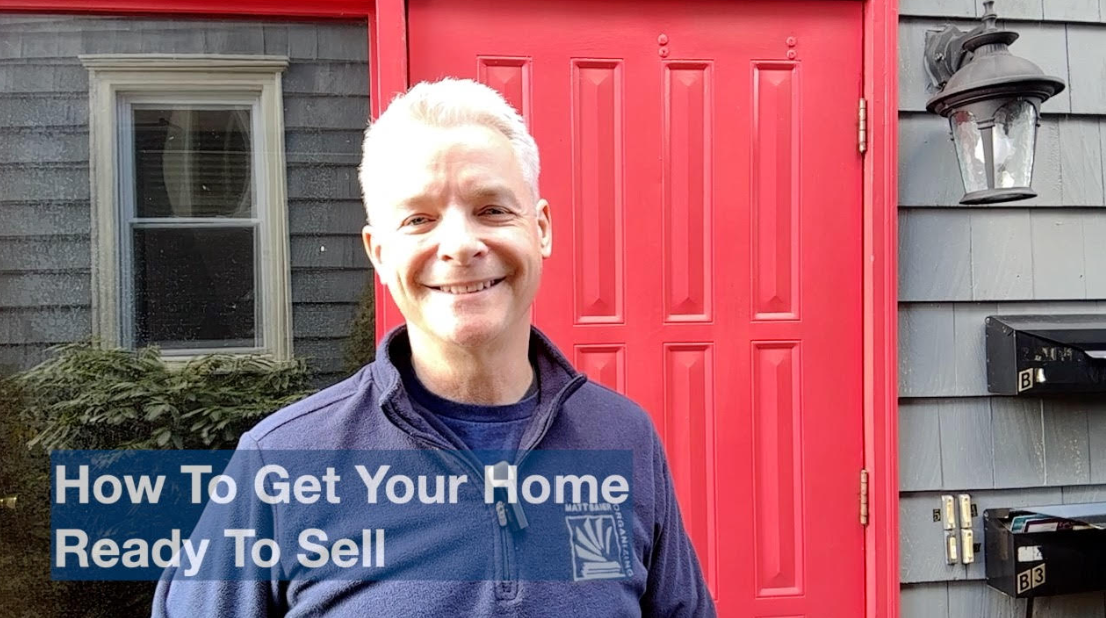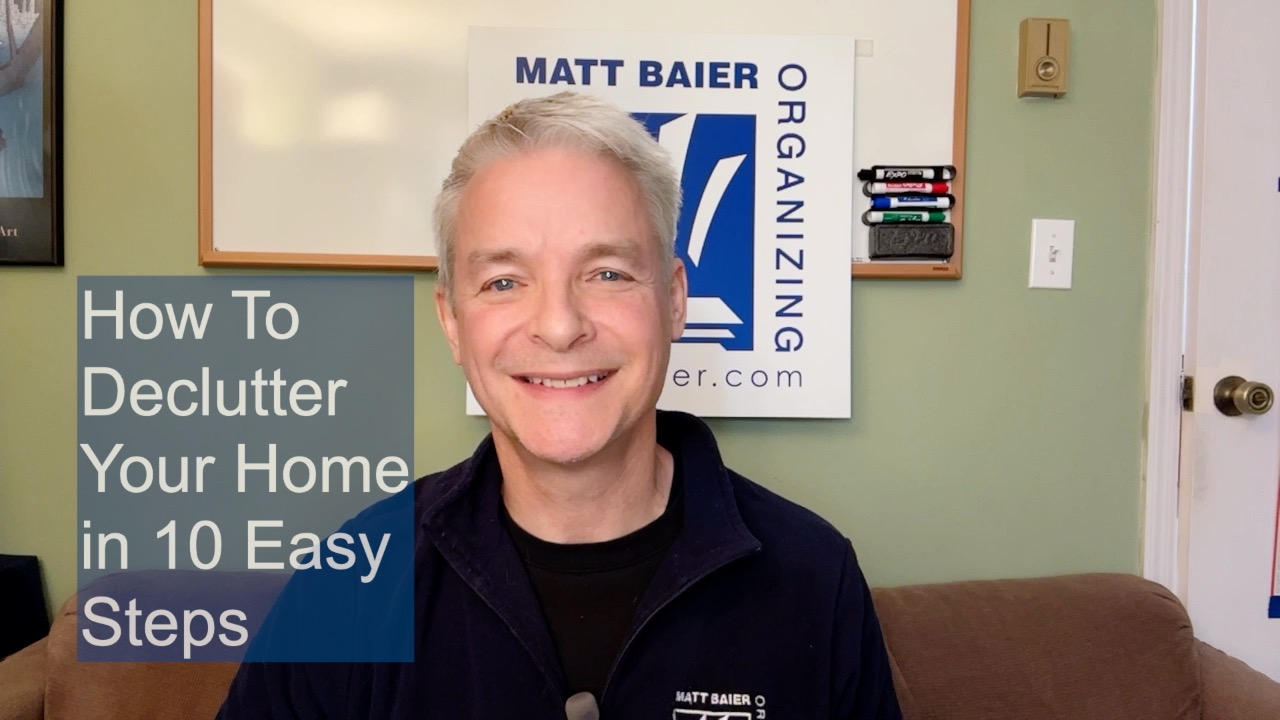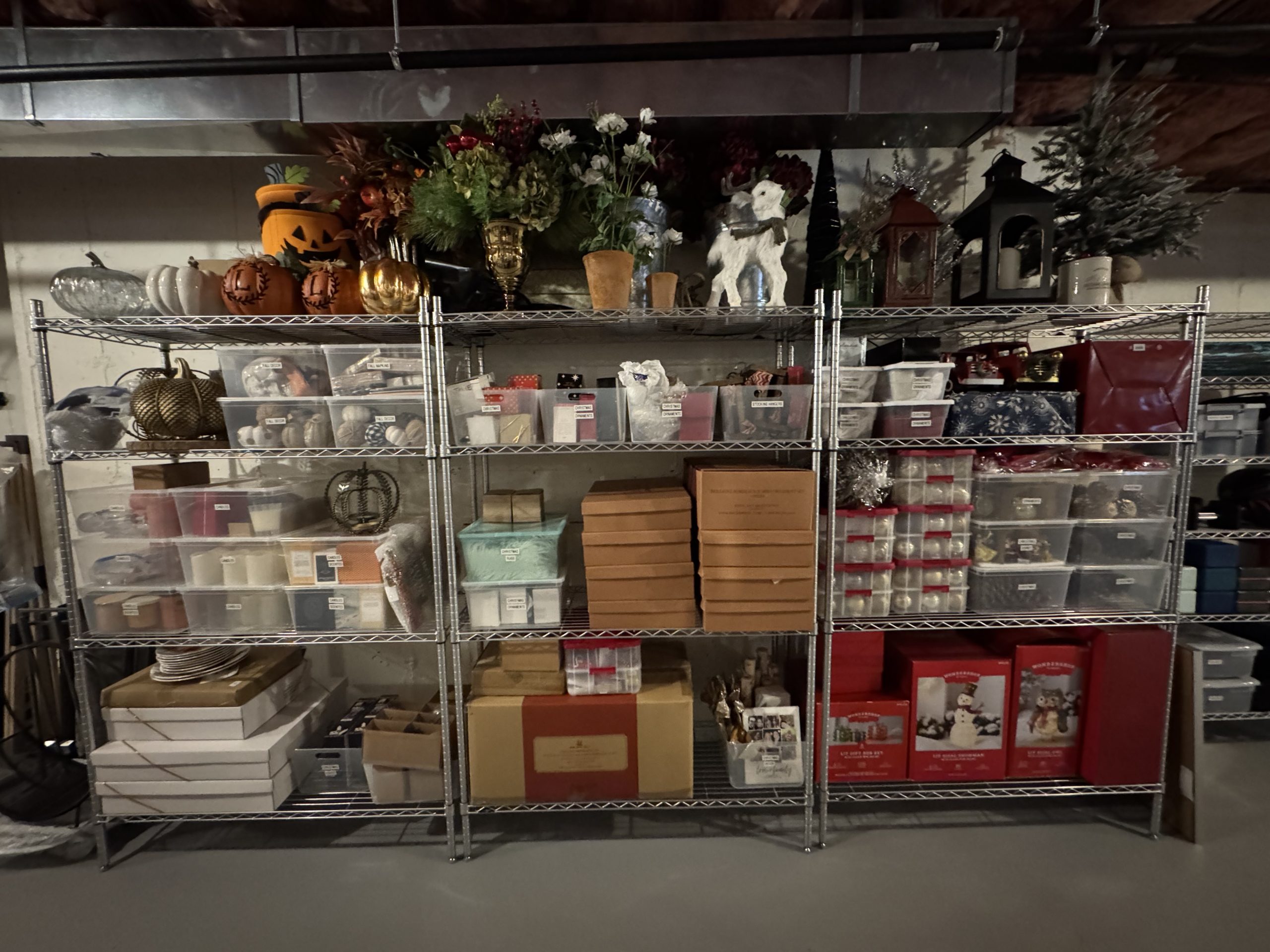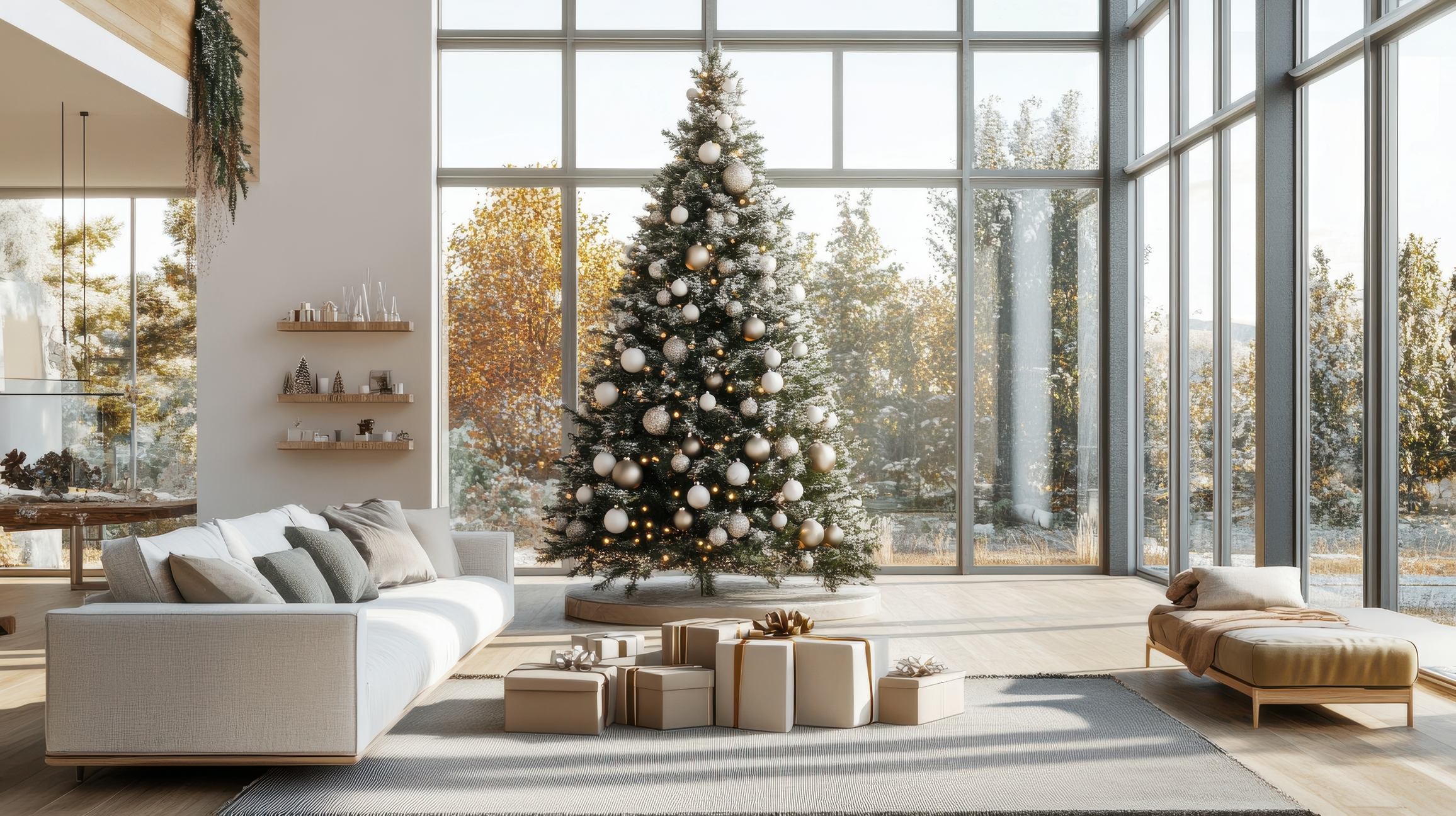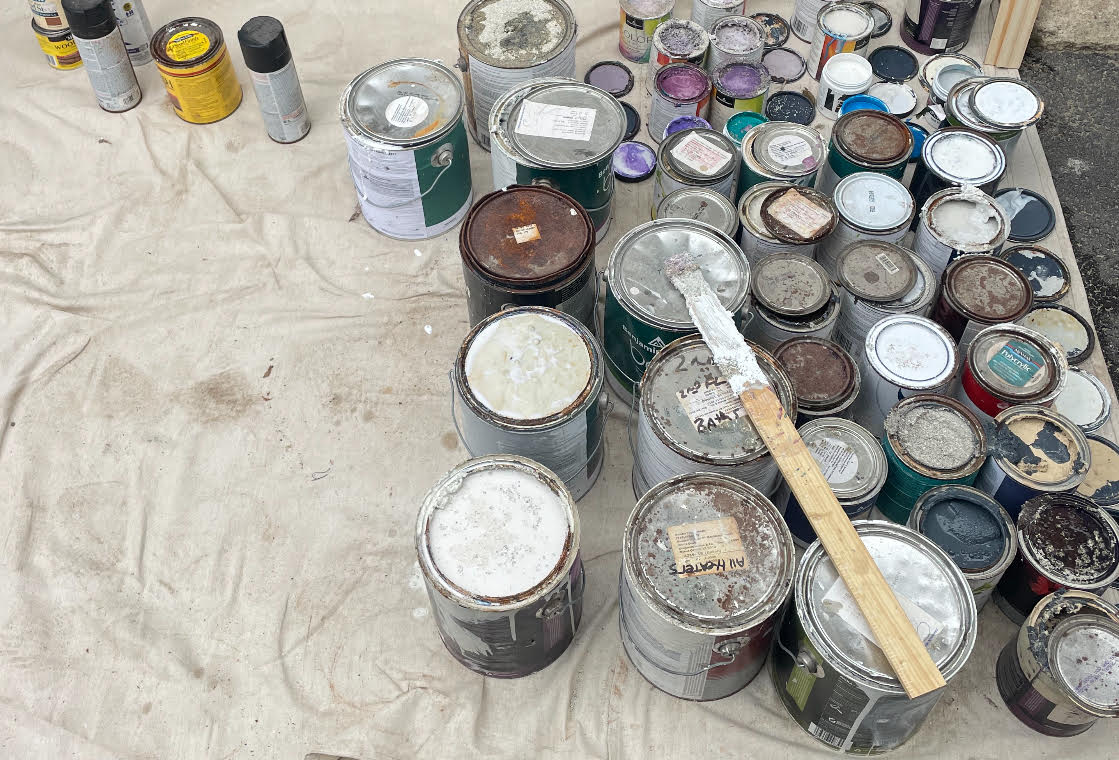Today I want to share some organizing tips from the field. I’m happy to say we are wrapping up our busiest August in 17 years! As a result I wasn’t able to do the video I had wanted to this week. The busy schedule means that I have to do things like work on my day off. It also means I have to fill in to work in the field. So I thought instead I would share some tips for common challenges with disorganized homes. Here are my tips from the field.
1. Avoid Big Opaque Bins
Big opaque bins are among my least favorite organizing products. They are also among our clients most commonly used products. I get it. When things are contained out-of-sight, out-of-mind you feel more organized. The bigger the container, the more you can hide. The problem is that these bins are too often a graveyard. Because you can’t see what’s in the container it is easy to forget about the contents. Also, because they are so big they get heavy and don’t welcome access. Access is further discouraged by the fact that the big bins get to the bottom of the piles.
A bin’s contents are easiest to find when they are in clear bins. They are easiest to access when they are small enough to fit on shelves. For files and books, think banker box size 10 x 12 x 15.
2. Recognize the Awkward
Next, I call items that don’t don’t fit in bins or shelves “Awkwards.” Keep these in mind right from the beginning, so you’re not left without a place for them to go.
One example of an awkward is a Christmas tree stand. It’s too big to fit in a bin or sit on a shelf. There’s also no good way to hang it. It’s wasteful to give up this much floor space on something you only access once a year. So what did we do?
We happened to notice that this back wall had a bar. So we planned on leaving it CLEAR of bins for the Christmas tree stand. It is secured vertically and safely, out of the way.
Another example is using corners wisely. A corner is a great place to secure awkward items, especially tall ones. If you have a lot of garden tools or hockey sticks, a Home Depot bucket is great. It secures these items at the base, then the combination of a corner and a standing shelf secures the top. This works best when you recognize the awkwards first.
3. Don’t let Items get comfortable.
I address this in my book The Circulation Solution. What your home needs is a plan for movement in a series of manageable reliable stages. When items get too comfortable, then they take up residence and don’t want to leave.
This can be on a small scale like with the daily mail. Don’t let it get comfortable in a basket or on the dining room table. Do a quick sort daily.
This can also apply to large things like furniture. Whether you plan to refurbish, use, or sell it, make a plan for next steps. Do this before you wrap it up in a blanket and make it comfortable in your a garage. When your space is open and organized progress becomes possible.
If you liked these tips from the field, let me know in the comments below.
Please Share With Your Community
Related Posts
Testimonials
What some of our clients are saying
Imagine An Organized Home

